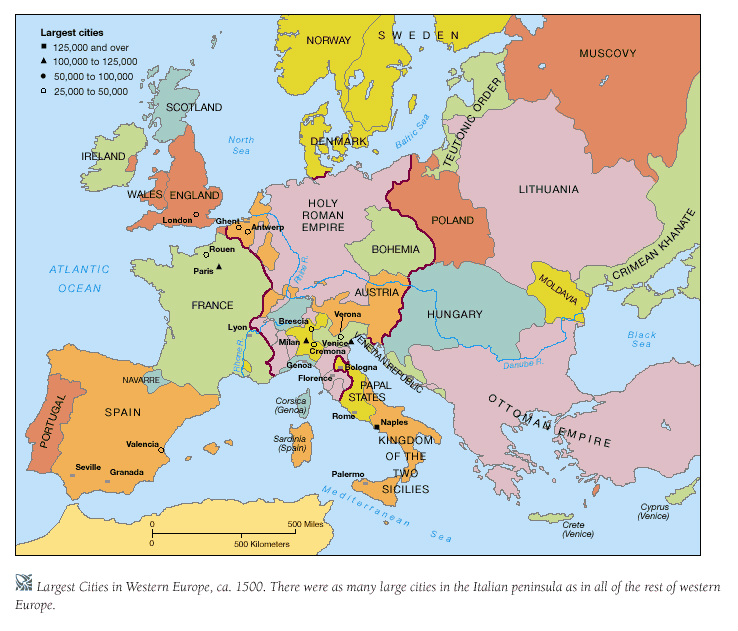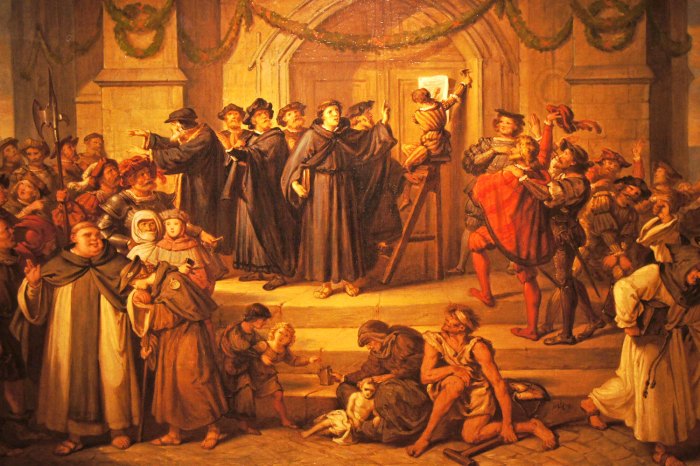Renaissance and reformation answer key – Embark on an enlightening journey through the Renaissance and Reformation with our comprehensive answer key. This guide unravels the pivotal events, key figures, and profound impact of this era on art, culture, religion, and society, providing an invaluable resource for students, scholars, and history enthusiasts alike.
From the birth of humanism to the rise of Protestantism, the Renaissance and Reformation reshaped the intellectual and spiritual landscape of Europe, leaving an enduring legacy that continues to influence our world today.
1. Historical Context of the Renaissance and Reformation

The Renaissance and Reformation emerged amidst significant political, economic, and social transformations in Europe.
Politically, the rise of nation-states weakened the power of the Holy Roman Empire and the Catholic Church. This led to increased autonomy and a shift towards secularism.
Economically, the expansion of trade and commerce fostered a new class of wealthy merchants and artisans. This wealth provided patronage for the arts and sciences.
Socially, the Black Death and other epidemics created a sense of uncertainty and a desire for renewal. This fueled the rediscovery of classical learning and the rise of humanism.
Role of Humanism and the Rediscovery of Classical Learning, Renaissance and reformation answer key
Humanism, a philosophical movement that emphasized reason and the study of classical texts, played a pivotal role in shaping the Renaissance. Scholars like Erasmus and Petrarch rediscovered ancient Greek and Roman works, inspiring a new interest in human potential and individuality.
2. Key Figures and Movements of the Renaissance and Reformation

Key Figures
- Leonardo da Vinci:Italian painter, inventor, and scientist known for the “Mona Lisa” and his studies of human anatomy.
- Martin Luther:German theologian who initiated the Protestant Reformation with his “Ninety-Five Theses.”
- William Shakespeare:English playwright and poet known for his tragic and comedic masterpieces, such as “Hamlet” and “Romeo and Juliet.”
Major Intellectual and Religious Movements
- Humanism:Emphasized the study of classical texts and the potential of human reason.
- Protestantism:A religious movement that challenged the authority of the Catholic Church and emphasized the importance of faith and individual interpretation of scripture.
- Scientific Revolution:A period of scientific discovery and innovation that transformed the understanding of the natural world.
3. Impact of the Renaissance and Reformation on Art and Culture: Renaissance And Reformation Answer Key

The Renaissance and Reformation had a profound impact on art, literature, and music.
Art
The Renaissance witnessed a revival of classical realism and the emergence of new artistic styles, such as Mannerism. Artists like Michelangelo and Raphael created iconic works that emphasized human form and perspective.
Literature
The Renaissance and Reformation gave rise to new literary genres, such as the sonnet and the novel. Writers like Dante, Petrarch, and Shakespeare explored themes of humanism, love, and religion.
Music
The development of polyphony and the rise of secular music during the Renaissance laid the foundation for later musical forms, such as opera and classical music.
Popular Questions
What were the key factors that led to the Renaissance?
The Renaissance was sparked by a confluence of factors, including the rise of humanism, the rediscovery of classical learning, economic prosperity, and the invention of the printing press.
Who were some of the most influential figures of the Reformation?
Martin Luther, John Calvin, and Henry VIII were among the most prominent figures who played pivotal roles in the Protestant Reformation.
What was the impact of the Renaissance on art?
The Renaissance witnessed a flourishing of artistic innovation, with the emergence of new techniques such as perspective and chiaroscuro, and the rise of masters like Leonardo da Vinci and Michelangelo.
